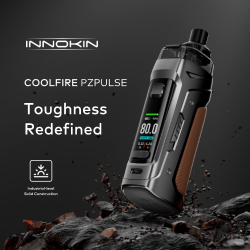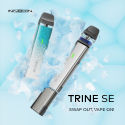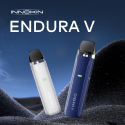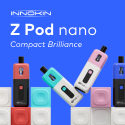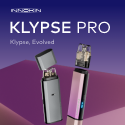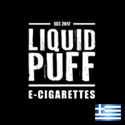1Institute for Nuclear Sciences, National University of México UNAM. Physics PhD. Director of Pro-Vapeo México AC
2Universidad Autónoma de Madrid, Spain. Biology PhD specialized in Virology. Coordinator of the Medical Platform for Tobacco Harm Reduction in Spain.
Summary
PURPOSE The spread of the SARS-CoV-2 pandemic provides fertile ground for spreading misinformation on vaping. Vapers must be equipped with solid information and data to counterargue.
ON SMOKING. The relation between smoking and the progression to severe conditions of COVID-19 is still uncertain, though identified vulnerability conditions for this progression (cardiovascular and respiratory disease, diabetes) in mostly senior patients are strongly correlated with long term harms from smoking.
ON VAPING. There is no evidence that vaping (intrinsically) increases the risk of infection or progression to severe condition of COVID-19. When evaluating risks on vapers it is necessary to consider that most are ex-smokers or still smokers. Vapers with a long previous smoking history could exhibit conditions seen in vulnerable patients. However, this would not be an effect of vaping but of previous smoking. Since completely switching from smoking to vaping improves cardiovascular and respiratory conditions, smokers who switch to vaping are expected to have a better prognosis if infected by SARS-CoV-2
ON PROPYLENE GLYCOL (PG) AS DISINFECTANT. Because of its hygroscopic nature PG vapor (not droplets) can act as environmental disinfectant wiping out pathogens under specific physical conditions. However, there is no evidence on whether this effect will work on SARS-CoV-2 and in the context of vaping.
ON ENVIRONMENTAL VAPOR. While there are no reported and verified cases of contagion, the saliva droplets carrying SARS-CoV-2 virus are much heavier than the rapidly moving volatile droplets of exhaled vapor. Therefore, vapor exhaled by an infected vaper is likely to spread as much viruses as in normal respiration in the personal breathing zone, far less and far closer than spreading by sneezing or coughing.
RECOMMENDATIONS. The precautions to prevent contagion from virus carried by e-cigarette vapor are the same “social distancing” measures recommended to all the population including non-vapers: avoid physical contact and proximity to others. For vapers specifically: vape with low powered devices, avoid vaping in public indoor spaces and in outdoor spaces vape at least 2 mts away from others.
The misinformation pandemic
Unfortunately, the spread of the SARS-CoV-2 pandemic follows the years long ongoing pandemic of serious misinformation on vaping. One of the main spearheads of this misinformation is undoubtedly Professor Stanton Glantz from the University of California at San Francisco. In his professional blog1 Professor Glantz squarely puts vaping and smoking on equal footing as serious risk factors for progression to COVID-19. Specifically, Glantz justifies this assessment by stating that:
The recent excellent summary of the evidence on the pulmonary effects of e-cigarettes reported multiple ways that e-cigarettes impair lungs’ ability to fight off infections:
a statement followed by listing a litany of adverse effects of vaping on respiratory infections, all taken from studies examined in the review by Gotts et al2 (the “excellent summary”). While recognizing that Vapers’ risk of viral infections has not been studied much, the popular journal Scientific American3 has cited Glantz and has also recycled some of the results reported by Gotts et al.
The review by Gotts et al, which Glantz and Scientific American take as source, is extremely superficial, biased and selective, it cited uncritically only studies reporting adverse effects, all of which are either acute effects without clinical relevance or cross sectional studies based on small samples of vapers in which the huge confounding effect of previous smoking history was not properly handled (see a critique of such studies in a much more balanced and extensive review of respiratory effects4 of vaping). Moreover, Gotts et al (and Glantz quoting them) interpret the results in a very selective manner. A representative example of their modus operandi is furnished by their assessment of the results obtained by one of the revised studies by Saudt et al5. From Glantz’s exact quote of Gotts et al we have
Healthy non-smokers were exposed to e-cigarette aerosol, and bronchoalveolar lavage was obtained to study alveolar macrophages. The expression of more than 60 genes was altered in e-cigarette users’ alveolar macrophages two hours after just 20 puffs, including genes involved in inflammation.
Curiously, Gotts et al and Glantz omit mentioning that the effects examined in5 were acute and that the same study reports that “No significant changes in clinical parameters were observed”. Gotts et al and Glantz quoting them also omit mentioning evidence pointing in the opposite direction: as reported by several studies reviewed in3 the usage of e-cigarettes actually reduces the presence of pathogens and respiratory infections. A significant decrease of respiratory infections in e-cigarette users has also been reported in a large scope randomized controlled trial researching smoking cessation6, a result based on a 12 months long clinical observation on a large sample of subjects. This result (and similar results in other randomized trials reviewed in7) are real life observational results that are more relevant to assess the immune response of vapers in the context of COVID-19 than the adverse acute effects in idealized lab studies reported uncritically by Gotts et al in2 and recycled by Glantz and Scientific American.
Professor Glantz is perhaps the most vocal spearhead, but he is far from being the only academic in the vast USA sourced anti-vaping activism, which is now presenting the relation of vaping and the SARS-CoV-2 pandemic through the grossly biased assessments from reviews like that of Gotts et al, conflating carelessly the risks of vaping and smoking and ignoring all contrary or critical evidence. It is very unfortunate that mainstream academia, politicians and the media in the USA is predominantly fed by this constant flow of misinformation, as can be seen in statements by the Major of New York City, Bill de Blasio8, and by various media outlets9.
COVID-19 and smokers
A good reference reviewing the available evidence on the relation between smoking, vaping and COVID-19 is the article written by Farsalinos, Barbouni and Nyaura10 (see also the professional blog entry of Farsalinos11). The authors conclude after reviewing the data from five studies on patients infected by SARS-CoV-2 that the relation between smoking cigarettes and the severity of COVID-19 in infected Chinese patients is uncertain and even protective (bearing in mind that 52.1% of Chinese men smoke whereas only 2.7% of women do). In his blog entry Farsalinos examines in more detail the data from the study with the largest sample12: 1096 patients, of whom only 12.5% were current smokers (1.9% ex-smokers), which (as in the other studies) is a much lesser proportion than that found among the population bearing in mind that 58.1% of the sample were men and practically 100% older than 15 years (to be representative of the population we would expect the proportion of smokers in the sample to be 29%). Of the 1096 patients:
- 926 were reported without severe affectation (11.8% smokers)
- 173 were reported with severe affectation (11.8% smokers)
- 67 were reported in critical situation with intensive care, mechanical ventilation or dead (25.8% smokers)
These numbers indicate a higher proportion of smokers among those with severe outcomes, but still lower than in the general Chinese population given the high smoking prevalence among Chinese men. Evidently, smoking contributes to identified vulnerability conditions, such as cardiovascular ailments, diabetes or chronic lung disease, moreover, there seems to be no evidence that smoking in itself is the dominant or determinant factor.
The effect of COVID-19 on vapers
Contrary to statements by misinformation sources, there is simply no evidence suggesting that vaping has the capacity to affect negatively the immune body response in order to produce the development and progression of the diseases caused by SARS-CoV-2 on e-cigarette users.
To better understand the possibility of a progression of infection leading to COVID-19 in vapers it is necessary to bear in mind that the overwhelming majority are smokers or ex-smokers, some of them dragging long histories of previous smoking. This smoking history is very likely an important factor that could easily render as vulnerable a vaper who (say) smoked 20 or 30 years, even if he/she has been (typically) 2-3 years vaping without smoking. Such vaper would be more susceptible to the complicated etiology of COVID-19. However, this is not an intrinsic effect of vaping, but of smoking, and thus it does not justify casting vaping as a risk factor on equal footing as smoking (as inferred from misleading statements by Glantz that have been recycled by the media).
In fact, bearing in mind that smokers improve their biomarkers and their respiratory and cardiovascular conditions when they switch completely to vaping, it is highly plausible (as Farsalinos argues11) that they would have a better prognosis under possible progression of COVID-19 if they no longer smoke, even if they have smoked before. This effect would be even more pronounced if it turns out that smoking is a determinant factor in the evolution to severe complications from COVID-19.
It is also important to stress that there cannot be contagion of SARS-CoV-2 virus through e-liquids containing the virus. Pathogens have been detected on e-liquids, however it would be practically impossible to become infected by vaping e-liquids containing the SARS-CoV-2 virus or any other pathogen. The e-liquid becomes heated at 180-220 degrees Celsius. No pathogen can survive these temperatures (they stop functioning as the macromolecules making them up fragment).
Propylene glycol as a disinfectant
There has been mention in social networks that vaping might be protective in comparison with smoking on infection risks from COVID-1913, pointing out to experiments conducted in the 1940’s in which propylene glycol (PG) vapor was used as environmental disinfectant that removes pathogens in hospitals, military barracks and other places. The experimental procedure was as follows14,15: pathogens (bacteria) were delivered in aqueous droplets from aerosolized cultures into the test chamber (the control being a chamber with pathogens without the PG aerosol). PG aerosol or PG vapor is then continuously supplied into the test chamber with a ventilator evenly dispersing it. Tests for various ranges of ambient temperatures and relative humidity levels were conducted with various procedures to collect the bacteria. As the PG droplets in the aerosol rapidly evaporate they release PG vapor at concentrations between 0.05 and 0.66 ppm (200 to 3000 mg/m3). The cleansing effect was most efficient at lower temperatures (in the range 15-37 degrees C) and under intermediate relative humidity levels (between 27% and 91%, peaking at around 42%), though the cleansing effect was still possible (though slower) at low relative humidity (10%) with sufficiently high PG vapor concentration.
The physical property explaining this effect16 is the hygroscopic nature of PG vapor (not the aerosol droplets). As the PG droplets evaporate below air saturation they release PG vapor molecules dispersing at high velocities and (because hygroscopicity) these molecules condense (are rapidly accreted) into the aqueous droplets containing the pathogens. The latter are eliminated by numerous fast collisions with the accreted PG molecules once the latter accumulate to form 70-80% of the droplets mass. This effect is no longer effective in both extremes of humidity: at 0% relative humidity the droplets evaporate very fast and at close to 100% relative humidity they condense, leading to a steady state which limits the available PG vapor (see 16 for details).
It is difficult to relate these highly controlled and idealized experiments to the erratic and highly variable conditions in vaping. For starters, pure PG (as aerosol or as vapor) in these experiments was supplied continuously and spread evenly, whereas in vaping the aerosol is a mixture of PG and other compounds (glycerol, VG, nicotine, with residual concentrations of mostly aldehydes), it is supplied into the surrounding air (when inhaled or exhaled) intermittently during puffs and spreads unevenly. Second, PG concentrations in vaping are very variable, rapidly changing with time and position. While PG concentrations in the experiments might match those of inhaled vapor, this disinfectant effect is unlikely to occur inside the respiratory tracts in which relative humidity is close to 100%. The exhaled environmental vaping aerosol might approach better the experimental conditions: PG/VG droplets evaporates rapidly, thus releasing PG vapor molecules, while relative humidity levels of 40-70% are not unrealistic, but PG vapor concentrations might be too low (chamber studies measure about 200 mg/m317,18 the lower limit concentrations in the experiments in14,15).
Moreover, given the observed reduction of respiratory infections in users of e-cigarettes, it is possible to speculate that at least in some occasions environmental conditions allowing for this effect could have occurred when vaping. The air cleansing experiments conducted in the 1940’s only involved bacteria and the influenza virus, there is no way without experimental evidence to infer if this could happen with SARS-CoV-2 and in the conditions of environmental e-cigarette aerosol. Many viruses (and there is ample variation on this) cannot survive long time outside the protective envelope of a humid medium (the saliva droplets) or outside their host cell in the body tissues. However, it is not known if this is the case also with SARS-CoV-2.
Exhaled vapor as a possible path to spread SARS-CoV-2
A worrying theoretically possible path of infection of the SARS-Co-V2 virus is by breathing environmental aerosol (i.e. “vapor”) exhaled by vapers, a diluted and volatile aerosol composed almost entirely of droplets made of PG, glycerol (VG) and humectants (the visible “cloud”) suspended in a gaseous medium made of the same compounds (nicotine and aldehydes and metals are present at trace levels).
Can this exhaled vapor spread SARS-CoV-2? As stated by Rosanna O’Connor, director of the Tobacco Alcohol and Drugs of Public Health England19, and Professor Neil Benowitz of the University of California at San Francisco20, currently there is no evidence of contagion through vapor exhaled by users of e-cigarettes. As a contrast, the Scottish microbiologist Tom McLean, chief scientific advisor of the Nanotera Group, claims21 that exhaled vapor can spread the virus, even comparing exposure to exhaled vapor as “being spit in your face”. As we show below, McLean’s statements are completely mistaken and contradict basic principles of aerosol physics.
It is known that SARS-CoV-2 contagion occurs by exposure to the virus in airborne saliva droplets exhaled in the breath of an infected person (at short distances) and, in a more efficient form (at larger distances) when the infected person sneezes or coughs22. When using an e-cigarette the exhaled vapor is a tidal flow that is bound to carry into the environment any buoyant material (possibly including pathogens) contained in the respiratory system of the vaper, just as it happens when breathing, but vaping in itself would be a distinct unique mechanism (it is impossible vape and sneeze or cough at the same time).
As opposed to normal breathing, coughing or sneezing, the airborne saliva droplets carried by exhaled vapor would be suspended on a different chemical medium of PG/VG droplets and vapor (other compounds like nicotine and aldehydes are found at trace levels). While it is impossible to rule out the action of a disinfectant effect as reported in14,15,16 through the condensation of PG vapor on the saliva droplets carrying the SARS-CoV-2 virus, this remains a highly unlikely and merely speculative and theoretical possibility without any empirical support. The most important criterion to examine the possibility of SARS-CoV-2 virus transmission though the exhaled vapor is the dynamics of possible saliva droplets dragged by this flow.
The exhaled vapor is a diluted aerosol made almost exclusively of very light and rapidly moving PG/VG droplets (the “particles”) with mean diameters of about 100-300 nm23,24 (one nanometer nm is 1 billionth of a meter). These droplets evaporate very rapidly (20 seconds per puff) and the whole gaseous system is supersaturated and disperses completely in less than 2-3 minutes. Some of these droplets will impact walls or fall to the ground before evaporating. Chamber and laboratory experiments reveal that most droplets are not transported large distances: at 1.5 meters from the exhalation source they are barely detectable, with their particle number density almost indistinguishable from background values for all particle sizes (submicron, PM2.5 and PM10). For low powered devices this distance is likely to be less than 1 mts.
The spreading of the virus can be understood in terms of the dynamics of an airborne biological aerosol made by an ensemble of “viral particles” of about 100 nm typically contained in saliva droplets that are large particles of 5-10 microns (one micron is 1000 nm) of diameter22,25. The exhalation of normal breath under sedentary conditions is a low velocity nearly laminar air flow, so it will spread few droplets at short distances, whereas sneezing is a high speed explosive turbulent flow that can spread up to millions of droplets at larger distances (coughing can spread thousands of droplets). The saliva droplets transporting the virus can (in principle) remain buoyant for long time, though in real life conditions they are very susceptible to environmental conditions: temperature, relative humidity, solar radiation, evaporation, fall by gravity and impactation in surfaces22,25. Although such droplets have been reported traveling up to 2.5 meters away (probably from somebody sneezing), this distance is a maximal value so that under normal environmental conditions the average distance traveled before evaporation or impactation should be much less, probably around 1.5 meters (even less in dry and hot environments) and even less (the breathing zone of about 30 cm) when exhaled by normal breathing.
The exhalation flow associated with vaping is in terms of velocities an intermediate flow between the two extremes given by the near laminar flow of normal breathing and the fast turbulent flow of sneezing or coughing22. However, the saliva droplets carrying up to thousands of viral particles behave dynamically different from the rapidly evaporating PG/VG droplets in the e-cigarette aerosol: they stay buoyant for much longer times and are also much heavier and thus present a lot of inertial dragging to the exhaled flow.
Therefore, it is unlikely that the heavy saliva droplets dragged by the exhaled flow of an infected vaper would be transported as far as distances of 1.5 meters where the much lighter PG/VG droplets are barely detectable (their particle number density almost blends with environmental control values23,24). For low powered devices the exhaled vapor flow is slower and closer to being laminar, not much different from that of the normal respiratory flow, hence the distance reached by saliva droplets dragged by the exhalation should be even less, likely comparable to the personal breathing zone (30 cm).
Thus, Rosanna O’Connor from PHE and Professor Benowitz are right: there is no special risk of contagion of SARS-CoV-2 from exhaled vapor that would require more strict measures with respect to non-vapers. The contagion risk from exhaled vapor cannot be compared to that from spreading the virus through sneezing or coughing, as claimed by Tom Mclean. It is reasonable to expect that, depending on the power of the vaping device, exhaled vapor from an infected vaper would spread roughly the same amount of saliva droplets containing SARS-CoV-2 virus as the normal respiration of a non-vaper in his/her breathing zone. Keeping the same 1.5 to 2 meters distance recommended for non-vapers should prevent any contagion from a vaper.
Contagion of COVID-19 on surfaces
One of the mechanisms of contagion of viruses is physical contact with surfaces where they lie and then to touch the mouth, nose or eyes. It is known that viruses can survive on surfaces and that typically they lie inside thin liquid films that form when the saliva droplets impact the surfaces when transported by sneezing, coughing or sneezing22,25. This type contagion is thus theoretically possible from saliva droplets containing SARS-CoV-2 dragged by exhaled vapor and impacting the surface, but the risk should be comparable to that from droplets impacting a sufficiently close surface from normal breath.
How long can the virus they survive? It depends on the virus: it was reported that SARS-CoV-2 remains stable, viable and functional for several hours and (in some materials) up to 3 days25, but this comes from extremely idealized laboratory experiments that bear no relation with the realistic deposition of a virus on a surface: the researchers inoculate the virus in a host liquid protective solution on the surface and afterwards verify its viability. In the case of that SARS-CoV-2 it is not known how much time the virus can survive on surfaces under realistic conditions and if they can survive without their protective envelope.
RECOMMENDATIONS TO VAPERS
On the basis of the information provided, we recommend:
- If you vape do not revert to smoking (if you are a dual user try to become an exclusive vaper)
- If you enjoy vaping and do not smoke quitting vaping must be a personal choice, not an obligation
- Be discreet and do not call unwanted attention (bear in mind that these are difficult times and that a lot of non-vapers have been exposed to a lot of misinformation)
- Avoid big clouds in public at all costs (even outdoors)
- Use low powered devices whenever possible and when others are around. The risk of spreading the virus with discrete vaping in low powered devices is roughly equivalent to the risk of spreading it through normal sedentary breathing
- Avoid vaping in enclosed public spaces and try to keep at least 2 meters distance from others when vaping outdoors





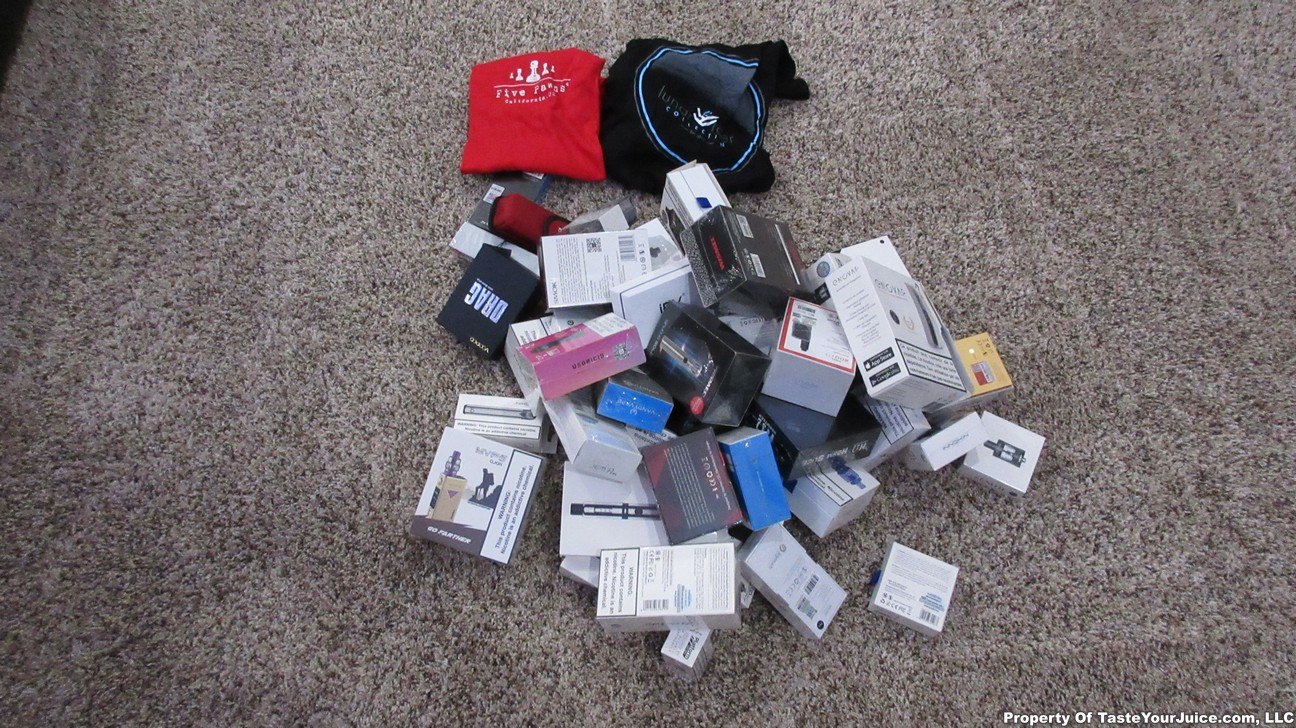











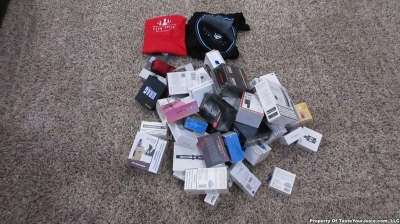














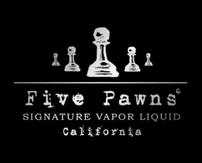


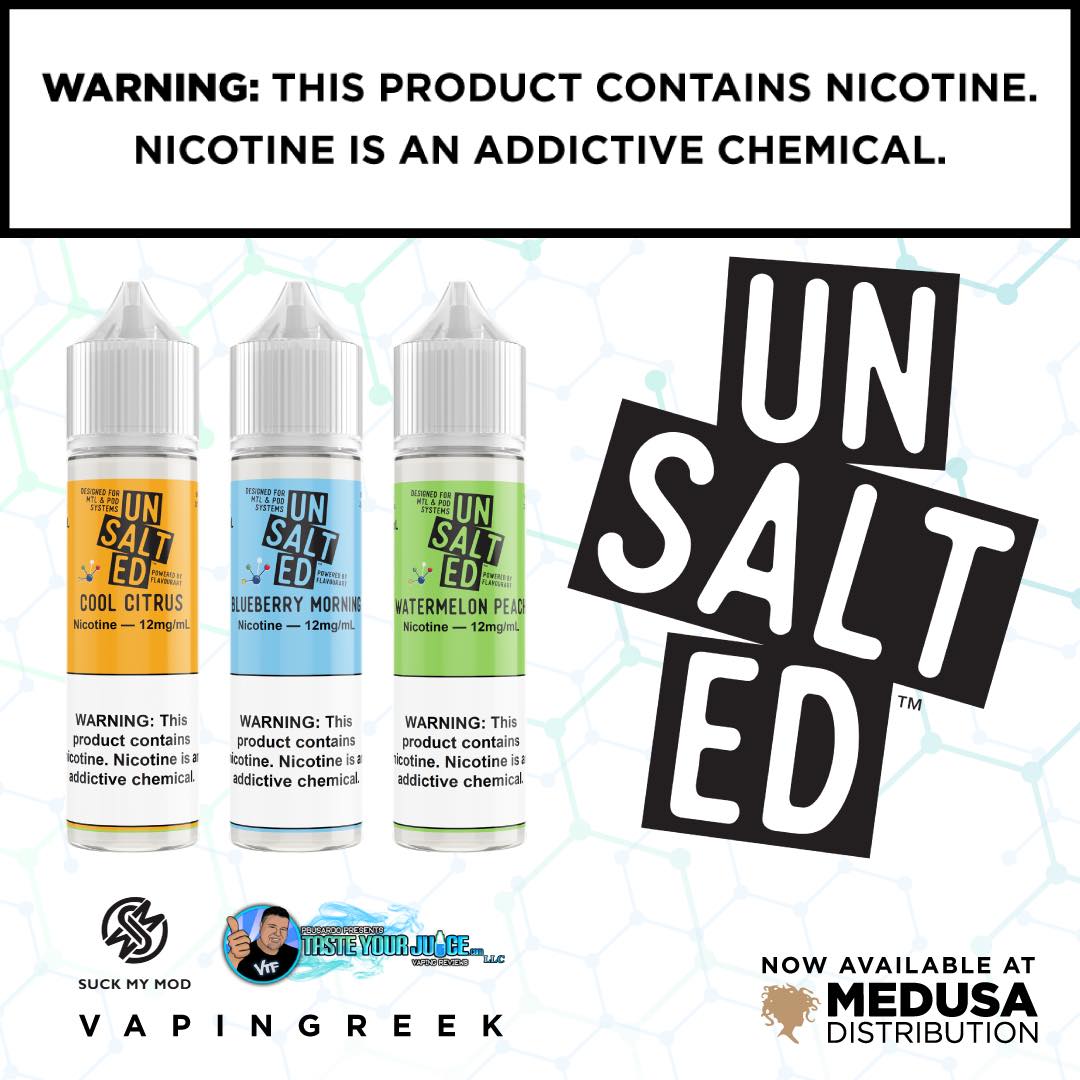
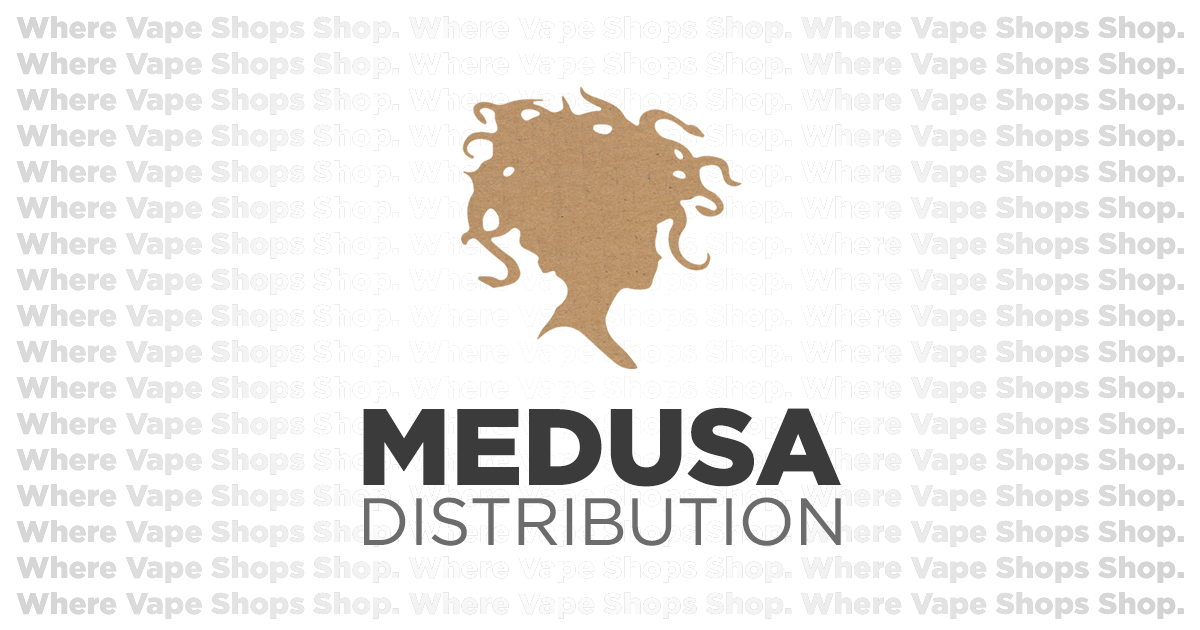

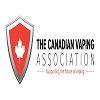


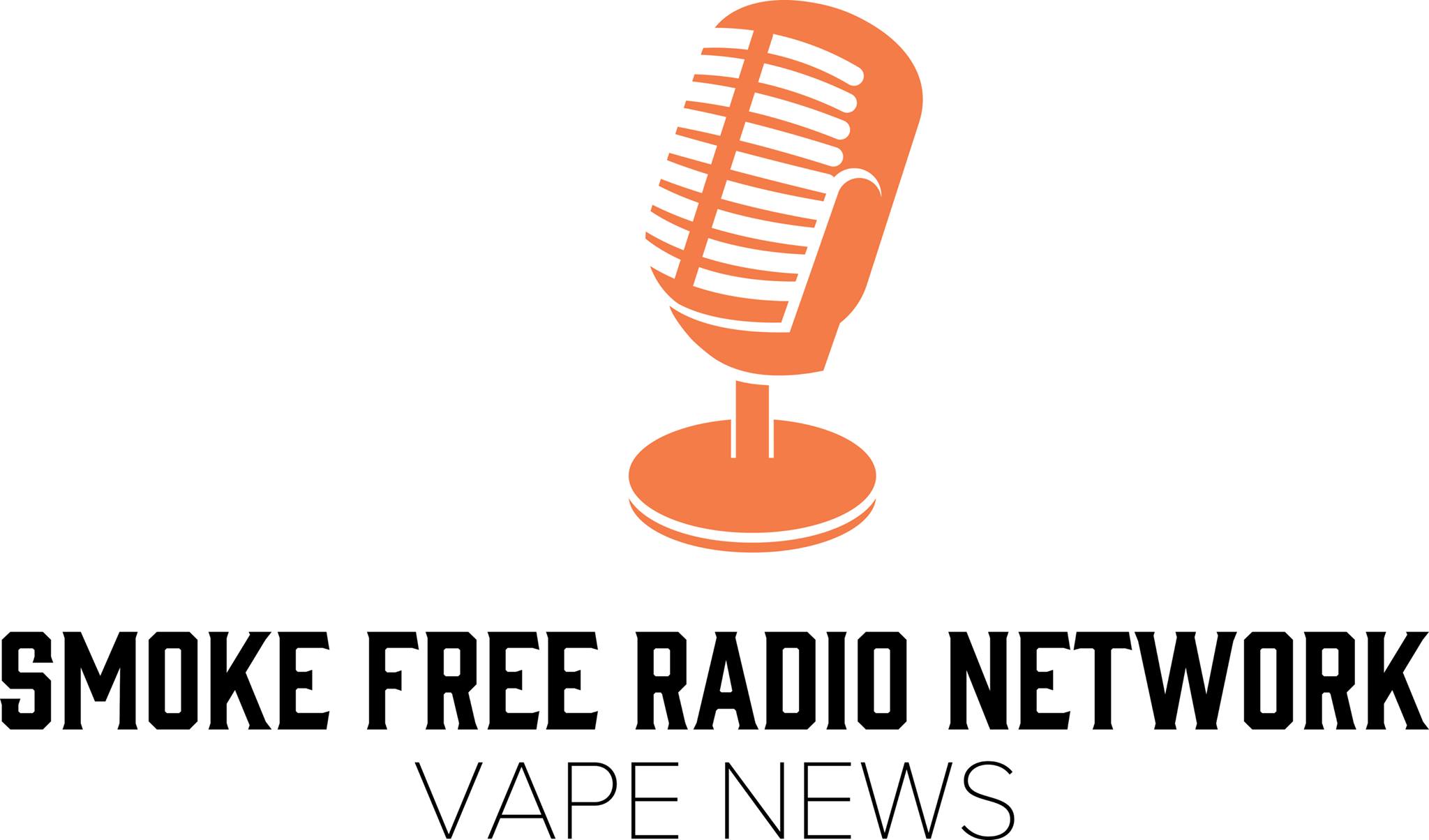
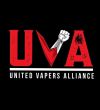


 Store
Store

